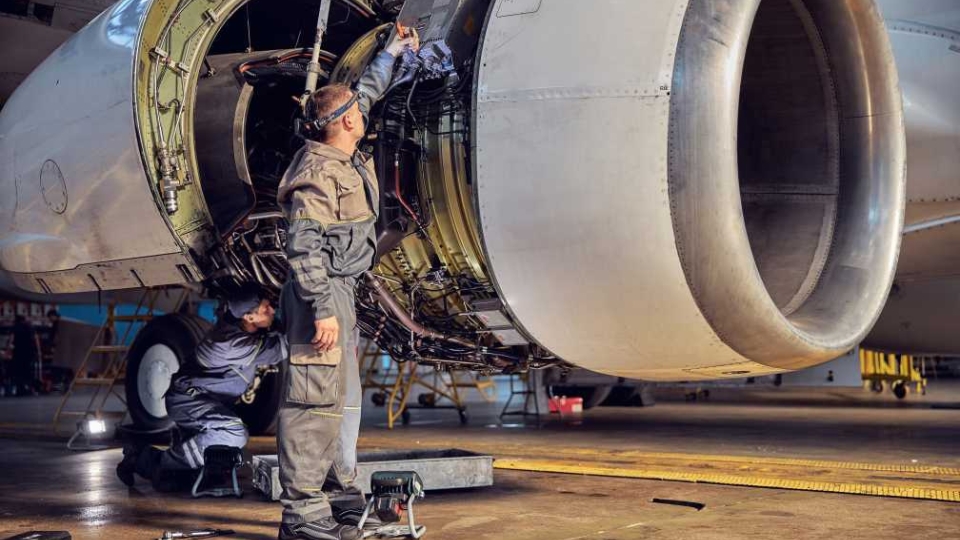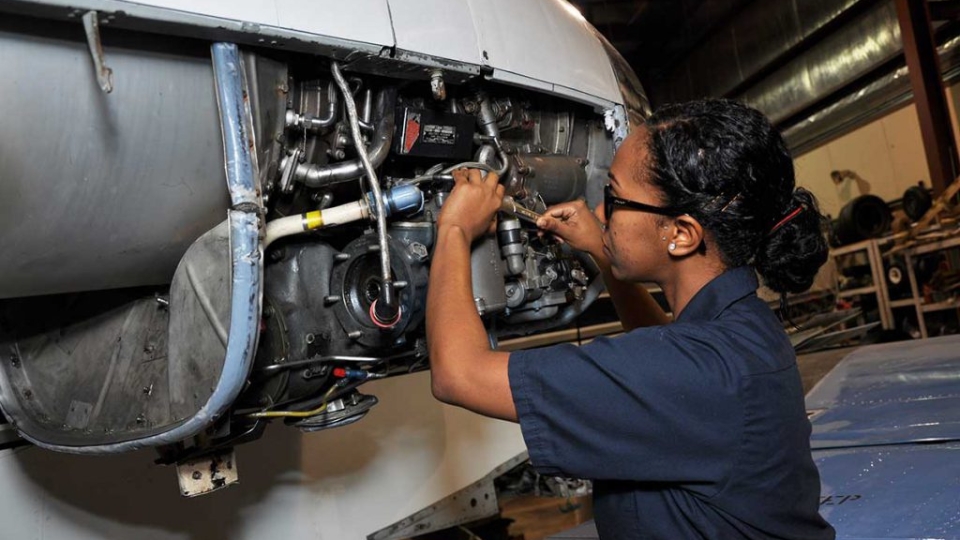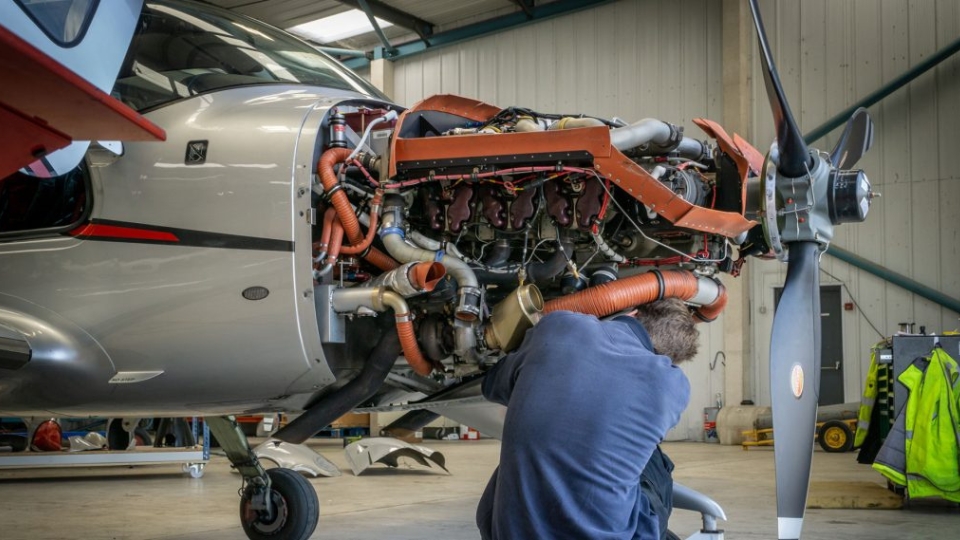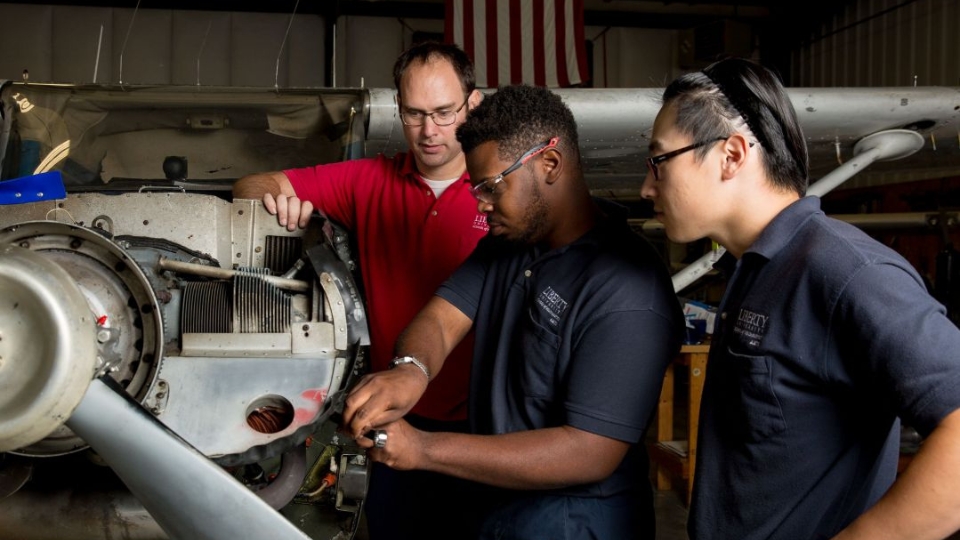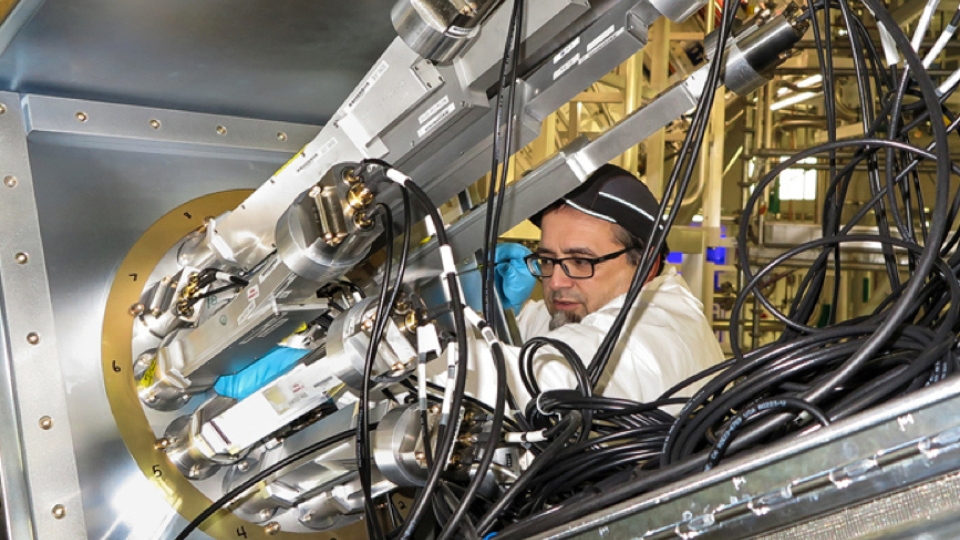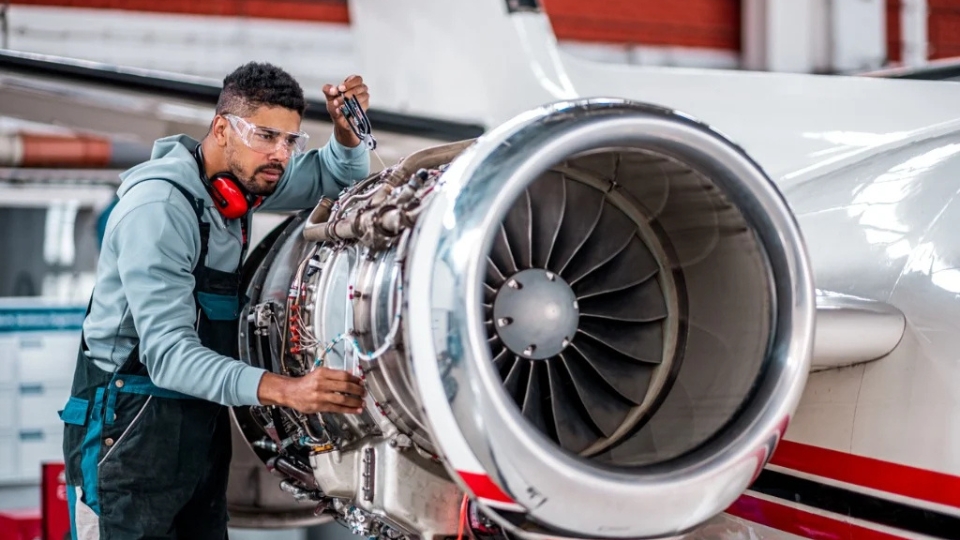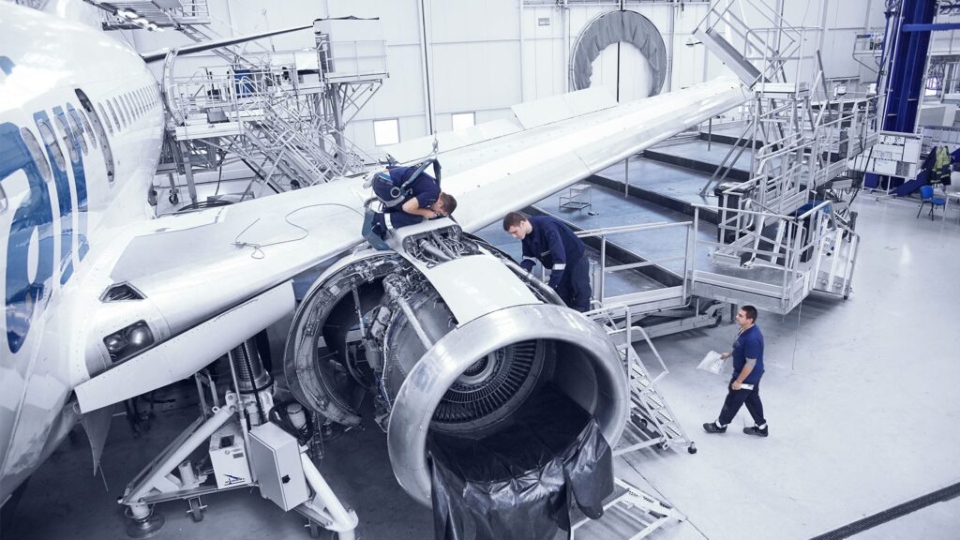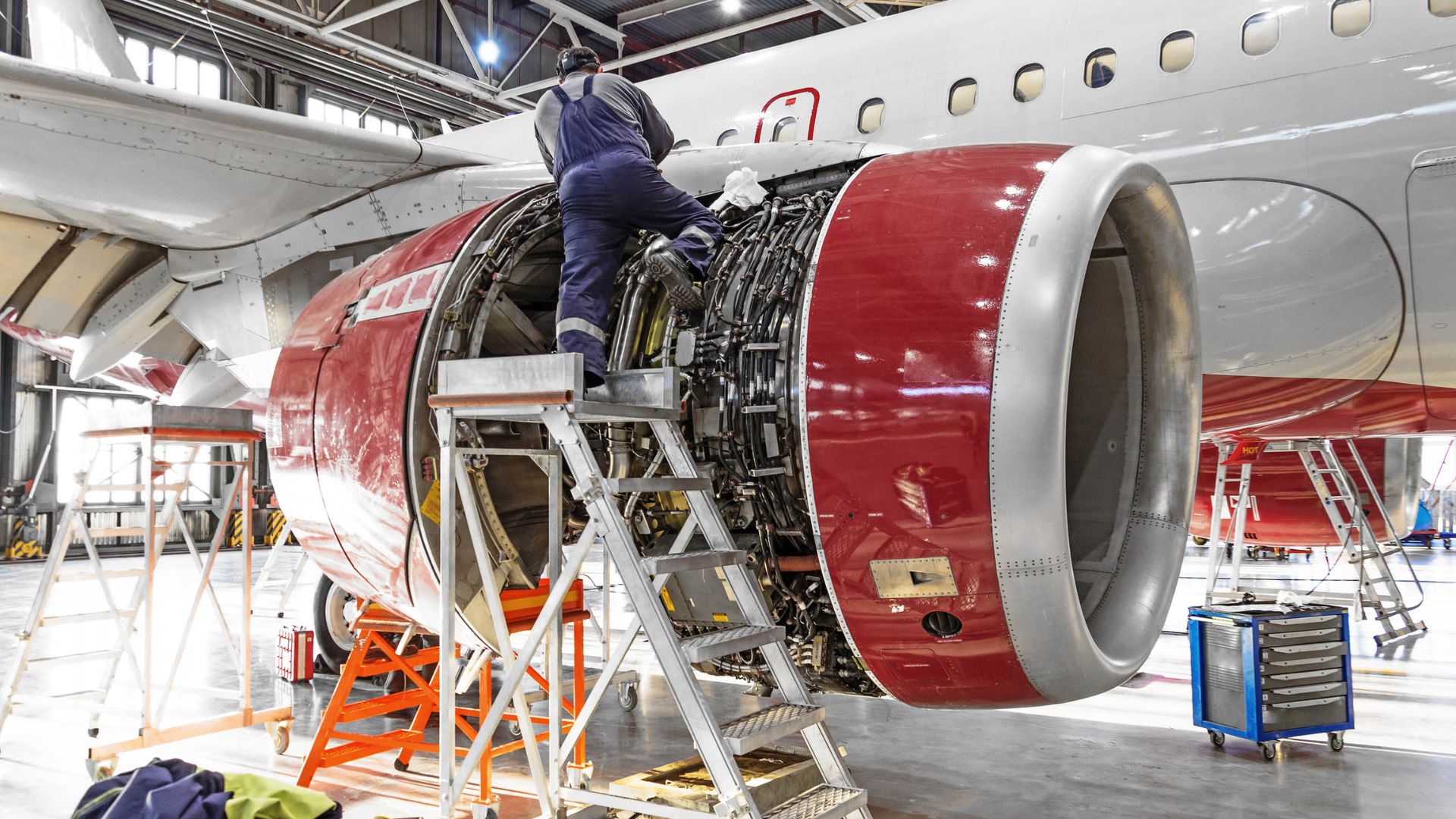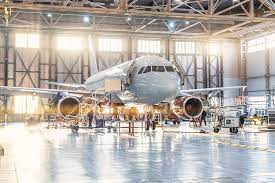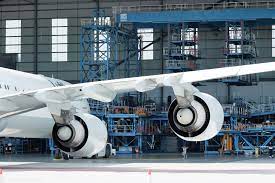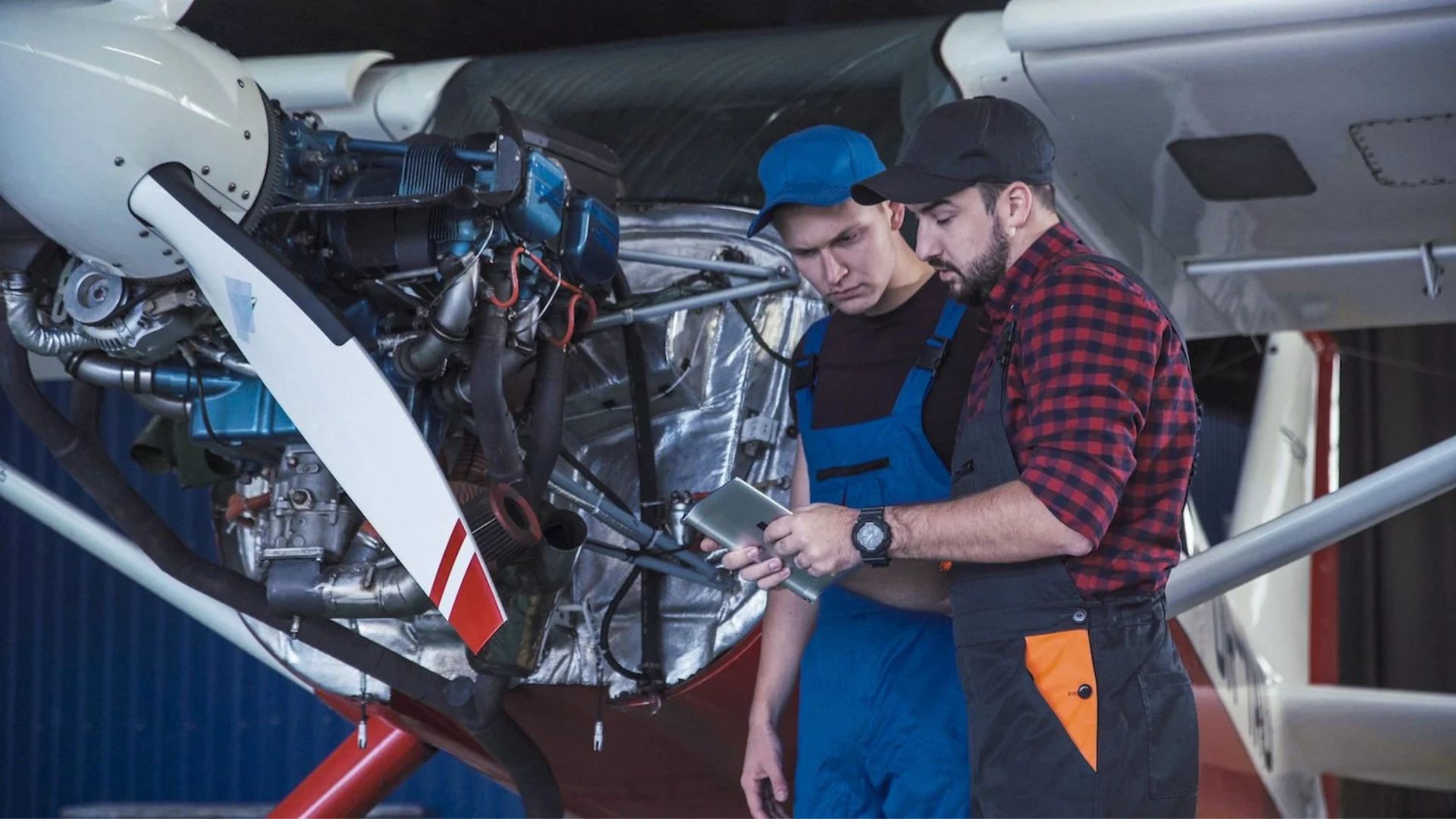Aircraft maintenance is the backbone of aviation safety. Regular inspections, repairs, and system checks prevent technical failures, protect passengers and crew, and maintain operational reliability. Airlines that adhere to strict maintenance schedules reduce the risk of accidents and demonstrate commitment to passenger well-being.
Moreover, regular maintenance ensures compliance with aviation regulations, which are designed to uphold the highest safety standards.
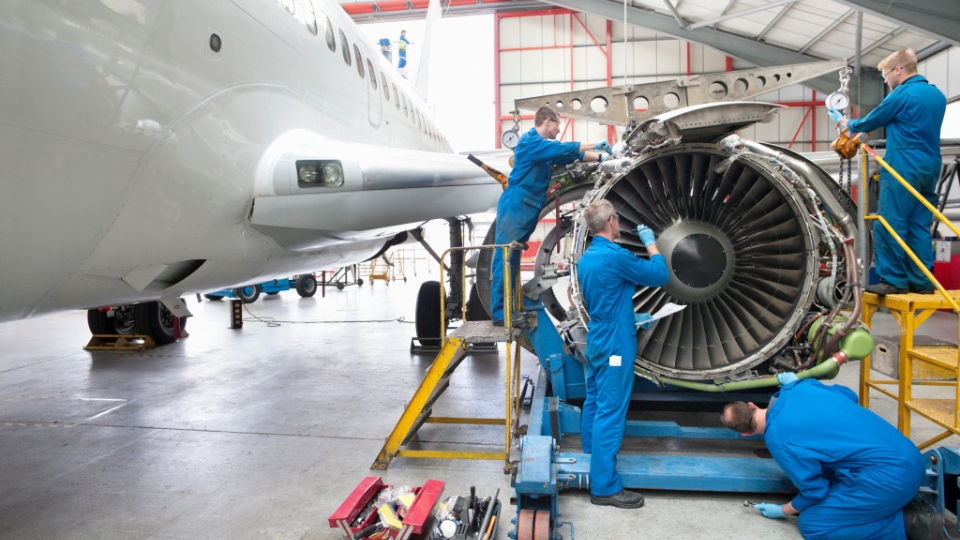
Why Regular Aircraft Maintenance Ensures Safety
Detecting Issues Early
Regular maintenance allows technicians to identify potential problems before they escalate.
-
Routine inspections: Pre-flight and daily checks help detect visible wear and minor issues.
-
Scheduled checks: B-, C-, and D-checks uncover hidden mechanical or structural problems.
-
Engine monitoring: Vibration analysis and performance checks reveal early signs of engine wear.
Consequently, early detection reduces the likelihood of in-flight failures and ensures corrective action is taken promptly.
Ensuring Mechanical Reliability
Mechanical systems, including engines, landing gear, and hydraulics, are critical to safe operations. Regular maintenance keeps these components functioning properly.
-
Engine overhauls: Engines are disassembled, cleaned, and rebuilt to maintain peak performance.
-
Hydraulic and control systems: Pressure, fluid levels, and component integrity are checked regularly.
-
Landing gear inspections: Wheels, brakes, and struts are examined and serviced to prevent failures.
As a result, aircraft operate reliably, minimizing the risk of mechanical malfunctions during flight.
Maintaining Structural Integrity
The airframe and structural components endure stress, weather exposure, and fatigue. Regular maintenance preserves structural safety.
-
Visual inspections: Technicians look for cracks, corrosion, or damage on the fuselage and wings.
-
Non-destructive testing: Ultrasound, X-ray, and other techniques detect hidden weaknesses.
-
Preventive repairs: Corrosion treatment and component replacement strengthen the aircraft.
Therefore, structural maintenance ensures the aircraft can withstand operational pressures and environmental challenges.
Verifying Avionics and Electrical Systems
Modern aircraft rely heavily on electronics for navigation, communication, and safety. Regular checks guarantee these systems work correctly.
-
Instrument calibration: Altimeters, compasses, and navigation systems are adjusted for accuracy.
-
Software updates: Avionics receive updates to maintain compliance and performance.
-
Backup system testing: Redundant systems are checked to ensure reliability in emergencies.
Consequently, proper avionics maintenance reduces the risk of navigational errors and technical malfunctions.
Complying With Safety Regulations
Aviation authorities require airlines to follow strict maintenance standards. Regular checks ensure compliance.
-
Maintenance logs: Every inspection, repair, and replacement is documented for accountability.
-
Audits and inspections: Regulatory bodies verify adherence to safety procedures.
-
Standardized procedures: Technicians follow manufacturer and authority guidelines for consistency.
Therefore, compliance with safety regulations through regular maintenance safeguards passengers and crew.
Enhancing Passenger Confidence
Passengers feel safer when they know airlines prioritize maintenance. Reliable aircraft build trust and loyalty.
-
Visible diligence: Pre-flight inspections and attentive staff reassure travelers.
-
Communication transparency: Airlines that inform passengers about safety practices instill confidence.
-
Reduced delays and incidents: Well-maintained aircraft operate more efficiently, providing a smoother experience.
As a result, passengers are more likely to choose airlines with a strong safety record and proven maintenance practices.
Reducing Long-Term Costs and Risks
Regular maintenance also minimizes operational risks and financial costs.
-
Preventive maintenance: Addressing small issues early avoids costly repairs later.
-
Reduced downtime: Properly maintained aircraft spend less time grounded for emergency repairs.
-
Minimized accident risk: Fewer technical failures translate into lower liability and insurance costs.
Consequently, regular maintenance benefits both airline operations and passenger safety.
Conclusion
Regular aircraft maintenance is essential for safety, reliability, and efficiency. By detecting issues early, ensuring mechanical and structural integrity, verifying avionics, complying with regulations, and enhancing passenger confidence, airlines reduce risks and maintain high operational standards.
Ultimately, consistent maintenance protects passengers and crew, prevents accidents, and strengthens airline reputation. Airlines that prioritize regular upkeep demonstrate their commitment to safety and operational excellence, creating trust and peace of mind for travelers around the world.

